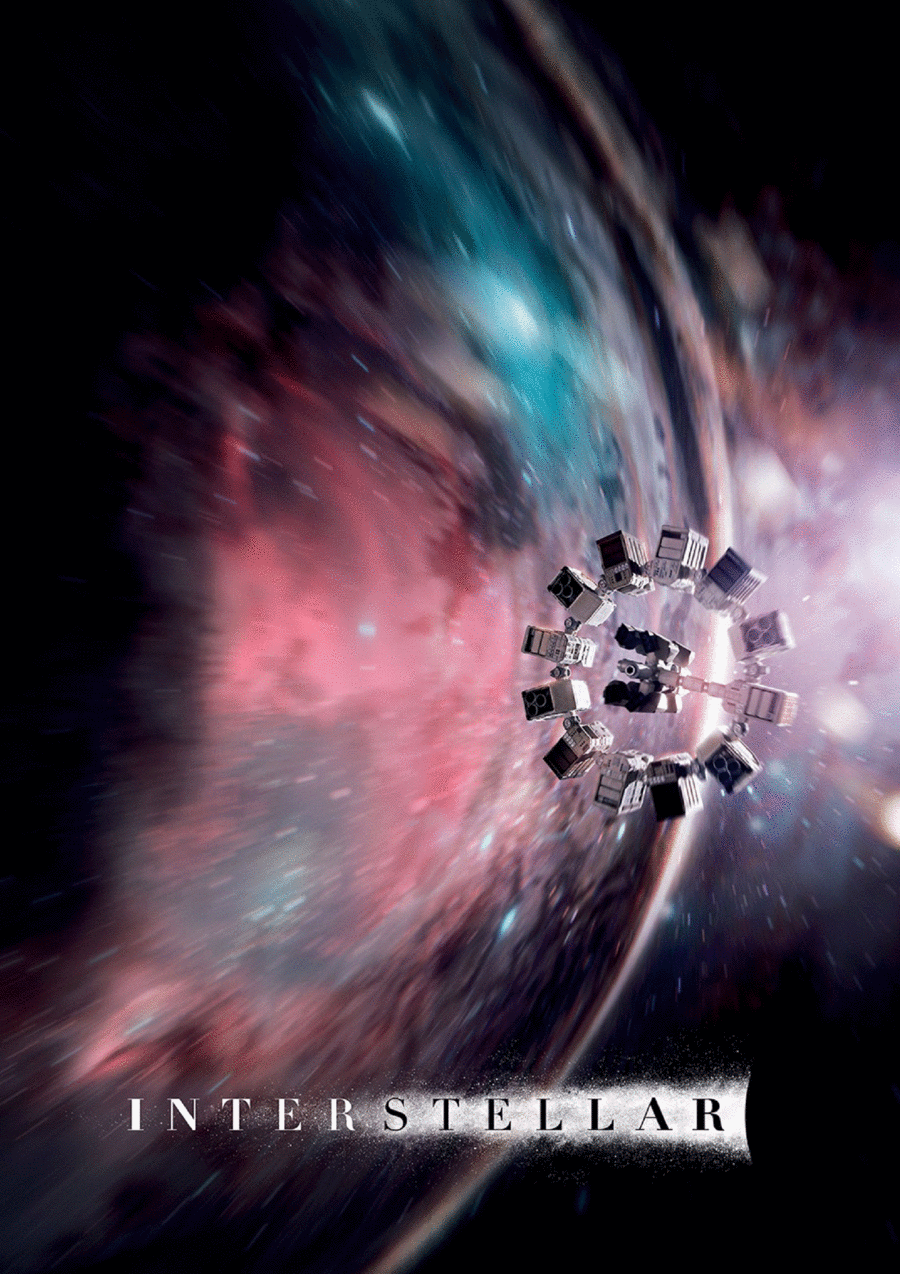Percussion Ensemble Bass Marimba,Chimes,Cymbals,Drum Set,Drums,Suspended Cymbal,Timpani,Tubular Bells,Vibraphone,Woodblock,Xylophone - Level 3 - Digital Download SKU: A0.1292753 Composed by Alex Gibson, Hans Florian Zimmer, and Ryan Romeyn Rubin. Arranged by Frits Renting, Sten Fraikin. Film/TV. 81 pages. Frits_Renting #883316. Published by Frits_Renting (A0.1292753). Interstellar, for percussion ensemble.
